- Testing services
-
Battery product testing and certification
-
Elevator
-
Financial security
-
Gas products
-
Building products
-
Environmental testing
-
medical instruments
-
Toy product
-
Fire-resistant materials
-
Vehicle electronics
-
Personal protection
-
Machinery Products
-
Switch socket
-
Wireless products
-
Household appliances
-
Railway products
-
Information technology
-
Lighting device
Contact Us
Global Technical Service Co. Ltd
Contact: manager Chen
Tel:0769-8805 6552
Fax:0769-8805 6550
Phone:13360489203
QQ:417901602
QQ:417901602
E-mail:info@globalgd.com / global_amy@126.COM
Address: Guancheng District, Dongguan City Wan Tai Road No. 5 XM Building, Room 507
Global Technical Service Co. Ltd
OFFICE Room 2103,21/F Ho King Commercial Centre, No. 2-16 Fa Yuen Street, Mong kok, Kowloon,HK
Global Technical Service Co. Ltd
OFFICE Room 2103,21/F Ho King Commercial Centre, No. 2-16 Fa Yuen Street, Mong kok, Kowloon,HK
Tel: 00852-30697929
FAX:00852-6991 7688
CE authentication project

Low Voltage Electrical Directiv

Electromagnetic Compatibility D

Machine Instruction (MD)

Personal Protection Directive (
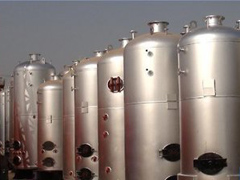
Boiler instruction

Medical Device (MDD)
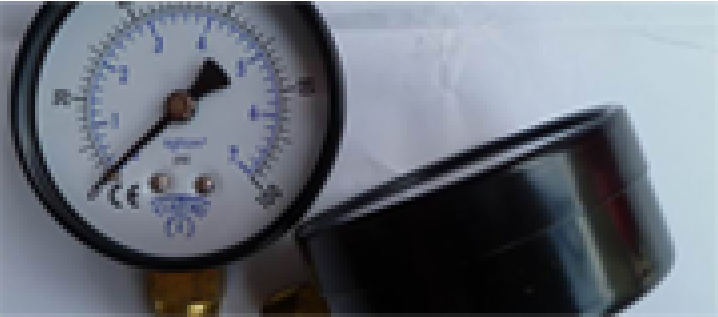
Pressure Equipment Directive (P
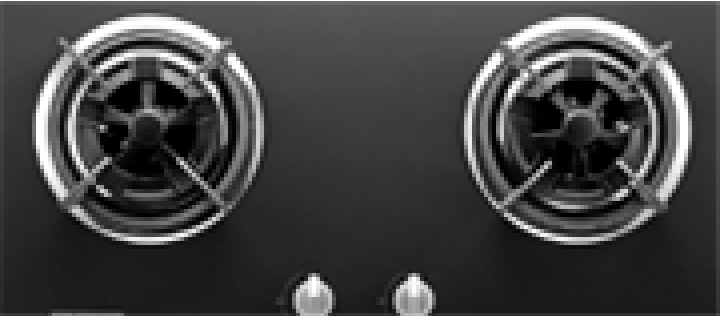
Gas appliance instructions

Building Instruction (CPD)
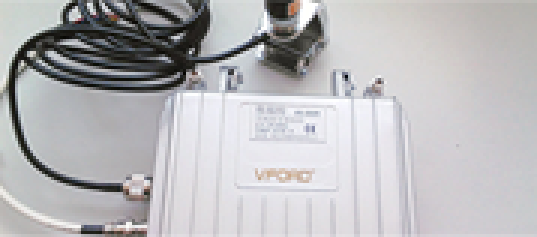
Wireless Command (R & TTE)

Toy instruction (EN71)
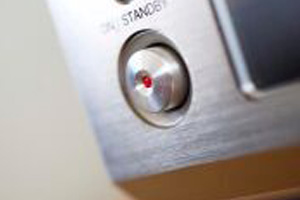
ERP Directive - Eco Design Requ
Personal Protection Directive (PPE)
Mainly used to protect employees from exposure to chemical radiation, electric equipment, manpower equipment, machinery and equipment or in some dangerous workplace caused serious injuries or diseases. In addition to masks, safety glasses, safety helmets, safety shoes, personal protective equipment includes a great deal of respiratory protection and protective clothing. These include helmets, goggles, hearing protectors, safety gloves, safety shoes, respirators and seat belts.
1, in the EU who can help manufacturers sell PPE?
In the European Union (EU), engineering specialists can assist in the design and production of PPE that meets the EU requirements and is put on the market in the EC.
Foreign manufacturers are also able to sell PPEs through the help of local private and public agencies that specialize in serving exporters.
The mission of the European Notification Authority is to evaluate compliance with the Directive and to assist with the special issues related to the assessment. Normally, the agency will provide help and information on standards.
In the case of doubts about the production of interpretations, manufacturers set up within the Community should contact the national authority responsible for the PPE.
2, PPE directive EU member states are mandatory?
The answer is yes. Since July 1995 it has become a legal text enforced by all EU member states. The PPE Directive 89/686 / EEC was adopted on February 21, 1989 and became law of the European Community on July 1, 1992, with the period ending June 30, 1995.
3, the law relating to the national PPE will change?
In each member state of the European Union, national laws relating to the PPE must be translated into PPE directives and applied in accordance with the principle of "exact agreement". In other words, all countries in Europe, including the European Economic Area, are to be converted into PPE in the same way. Therefore, the PPE must meet the health and safety requirements as set forth in the PPE Directive and the related certification process requirements.
4, how to understand whether PPE directive protective equipment requirements?
Characteristics of protective equipment, protective expected use, the manufacturer of the declaration of protection, you can check some directory advertising and business information, can be found in the manufacturer's Web site and similar publications and in publications. The relevant provisions of the PPE directive are as follows.
Article 1 of the PPE Directive states:
1.2 PPE, as prescribed by the Directives, means the equipment or equipment worn and equipped by an individual for the protection of one or more of the health and safety hazards. PPE also covers the following areas:
(A) An installation made up of a number of devices or appliances assembled by the manufacturer for the purpose of personal protection of one or more potentially and simultaneously occurring hazards.
(B) separable and inseparable protective period or device for the purpose of carrying out special tasks in combination with individual non-protective equipment worn and equipped by individuals.
(C) Interchangeable PPE devices that basically meet the functional requirements and are dedicated to such devices.
1.3 The external system connected to the PPE will be considered as an integral part of the equipment, even if worn and equipped by the user for a long time.
1.4 This directive is not suitable for PPE covered by other directives. This is because the directive deals with the free flow and safety of the product on the market. Especially equipment-related Directive 96/98 / EEC used throughout the EC.
5, manufacturers how to meet the requirements of the PPE directive?
By definition above provisions covered by personal protective equipment must meet the corresponding essential health and safety requirements set out in Appendix 2, can prove to be to provide users with appropriate health protection and security. PPE directives are part of the "new approach" and these requirements are expressed in general terms.
In the directive also provides some requirements on the market, such as certification, compliance statements, signs, user information.
6, what is the "new method" regulations?
The PPE directives are part of what is known as the "new method" directive, which is based on the same principles and common approaches. The key points of the "new method" principle are:
Provided legal responsibility for the general principle of "basic health and safety requirements".
Manufacturers can use uniform standards to demonstrate compliance with basic health and safety requirements.
Products manufactured under the "new method" directive must bear the CE mark.
The basic principles of the "new method" statute are explained in detail in the "Guide to Year-Based Instructions."
7, What is the meaning of CE certification mark? Is it compulsory?
Personal protective equipment affixed with the CE mark indicates the health and safety requirements of the PPE Directive and other directives. It is compulsory to attach the CE marking to the PPE contained in Directive 89/686 / EEC.
8, how to prove compliance with the PPE directive?
According to the declaration of conformity, the manufacturer's request is to add a relatively simple procedure from category 1 to more detailed procedures for categories 2 and 3. The definition of the PPE category is given in Article 8 of the Directive.
Category 1 (minimum risk)
This category sometimes refers to "self-assurance," because manufacturers do not need to publish agency services. However, the manufacturer must meet the following conditions:
A. Ensure that their products meet basic health and safety requirements. (Appendix 2)
B. Compilation of technical texts (Articles 8 and 3).
C. Drafting Product Declaration of Conformity (Clauses 12 and 6).
D. Attach the CE mark (clauses 12 and 13 and appendix 4).
Category 2 (standard PPE)
Requires a, b, c, d measures. Measures c and d require EC type examination certificates, for which the manufacturer must:
E Apply to the notified body for type test (Article 10). If the conditions are met, the notified body drafts the EC type test certificate and the guru's manufacturer's certificate takes effect.
Category 3 (Preventing fatal or serious PPE with unavoidable hazards)
Requirements a, b, c, d, e provide an additional requirement that additional inspections of PPE production be made in accordance with one or two of the possible procedures (clauses 11A or 11B). These two procedures are as follows:
F1) Clause 11A Procedure - "EC Quality Control System for Final Products". The manufacturer requires the announcement body to ensure that the PPE produced actually meets the requirements of the EC type approval certificate. This is done by random sampling of production samples at least once a year. Then, issued by the announcement of the test report.
F2) Clause 11B Procedure - "A System to Ensure EC Production Through Testing." The manufacturer shall have a quality control system approved by the notified body.
9, what is the announcement body?
Notice agencies refer to an organization that reinforces directives in line with EU member states. The competent authorities of the Member States authorize the conformity assessment of the testing and certification of the selected body. These approved inspection agencies are the announcement agencies.
10, the manufacturer is free to choose a notice agency?
Manufacturers are free to choose any officially provided notice agencies that do not have the ability to perform the necessary tests on the equipment. However, manufacturers and agents in other parts of the EU may only apply for EC type testing to a notifying agency.
11, PPE standard is not mandatory, if you understand?
The use of PPE directives, standards, including European harmonized standards is by no means an emphasis on equipment. On the other hand, within the scope of the implementation of the PPE Directive, the European Commission published in the official journal of the European Communities in line with Directive 89/686 name of the relevant European harmonized standards / EEC requirements, bibliography and catalog updates. Manufacturers meeting these European harmonized standards and some of the standard requirements may benefit from the basic requirements assumed to be in compliance with the corresponding Directive 89/686 / EEC.
12, how to adopt the European standard?
If the relevant equipment products meet the requirements of a unified standard, then it is considered to be in line with the requirements of PPE Directive EHSR related (basic health and safety requirements provided in Appendix 2), and further stresses that meet the standards.
Because every product and every basic requirements are not always in line with the corresponding European standards, so manufacturers must be especially careful to verify its compliance with personal protective equipment Directive 89/686 / EEC all relevant requirements. Manufacturers must also comply with other relevant regulatory requirements, such as hazardous material requirements.
Safe, reliable, and high-quality protection - that's what your customers are looking for. As a manufacturer of personal protective equipment, you have the obligation to create technical documents to prove that the products meet the EU requirements, and affix the CE mark.
